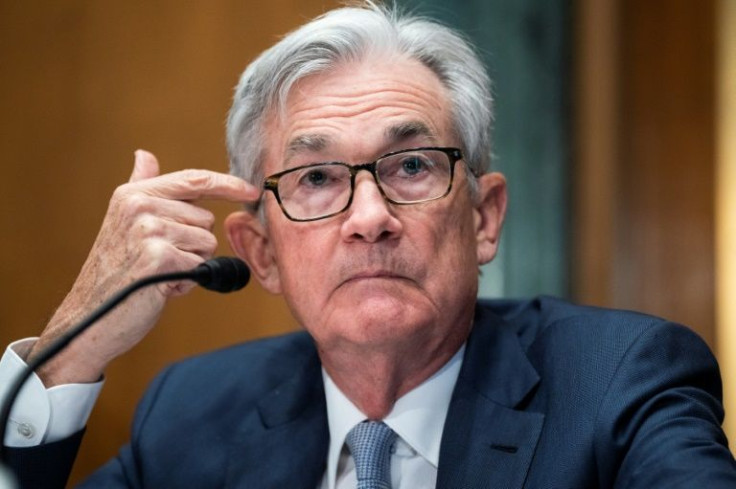Fed’s Plan To Fight Inflation: Will It Push The Economy Into A Recession?

The Fed has a plan to fight inflation. Following the regular FOMC meeting held this week, Federal Reserve Chair Jerome Powell announced the first interest-rate hike, to be followed by several interest-rate increases for the rest of the year.
The Fed also plans to unload U.S. Treasuries and mortgage-backed securities (MBS) starting in June. The Fed is reversing its quantitative easing (QE) program that was implemented during the pandemic.
"As expected, the Fed announced that they were raising the target Fed funds rate by 25 basis points," said Robert R. Johnson, professor at the Heider College of Business at Creighton University, and the chair and CEO of Economic Index Associates. "This was widely anticipated, and there was certainly no surprise with that move.
"What did surprise some market participants is the fairly hawkish forward guidance the Fed issued on the path of interest rates for the rest of 2022. The Fed indicated that the median projection for the Fed funds rate by the end of the year is 1.9% -- essentially indicating that the expectation is for an additional seven rate hikes."
A string of interest-rate hikes combined with the reversal of the Fed's QE program is the right policy to fight inflation, which has been running close to 8% at this point, four times the official Federal Reserve target. However, both policies will take liquidity out of the economy, slowing economic growth and eventually price hikes.
The trouble is that things do not usually go as planned. History has shown that when the Fed has been "behind the curve," meaning too slow to address the problem of inflation, it raises the risk of pushing the economy into a recession. That's what happened in the late 1970s and early 1980s when steep interest-rate hikes pushed the economy into a recession.
Will history repeat itself?
Experts are divided on the issue.
Nancy Tengler, CEO and CIO of Laffer Tengler Investments, thinks that the recession drumbeat is increasing.
"Of course, there are many reasons to be concerned," she said. "Soaring inflation, rising energy costs, an almost sure recession in the eurozone, and a dangerously flat yield curve. Never mind that the yield curve is being distorted by a massive flight to quality—an inversion is an inversion."
She thinks that if the economy falls into a recession, it will be shallow and short, without the usual spike in unemployment.
Fergus Hodgson, director at Econ Americas, is more assertive about the prospect of the U.S. economy sliding into a recession.
"There is little doubt about it," he said. "Worse, the U.S. is entering a prolonged period of stagflation, so both elevated inflation — well beyond the target of 0% to 3% — little to no per capita economic growth."
And that will make it hard for the Fed to come up with the right policy to address both inflation and stagnation at the same time.
Euler Hermes North America Senior Economist Dan North takes the opposite view.
"There is certainly plenty to worry about on the economic front, but I don't think a recession is imminent," he said. "There are still excess savings to give consumers the ability to spend and high enough consumer confidence to give them the willingness to spend. There is plenty of work in the pipeline with near-record-high new orders and back orders in manufacturing and services.”
Hermes is pointing to positive U.S. Treasury bond yields, signaling economic expansion rather than economic contraction.
The bottom line: Fed interest-rate hikes will eventually slow down the U.S. economy, but it's too early to say whether they will push it into an outright recession.
© Copyright IBTimes 2024. All rights reserved.






















